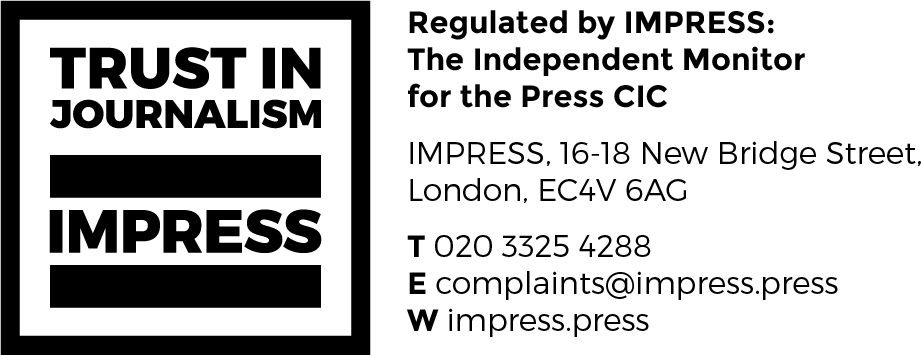What goes around… (eventually comes to port)

History fancies itself to be linear, but all too often we are reminded of its cyclical nature.
Robb Maass has been in the superyacht business for four decades, witnessing his fair share of up and downturns along the way. The Florida-based lawyer joined Alley, Maass, Rogers & Lindsay (of which he is now a partner) back in 1981.
“Our clients seem to have positive views of where things are going so there’s no reason at the moment, at least, that demand should flag off, but time will tell. The thing is it just takes a single extrinsic event to change the herd mentality,” Maass told SYI.
That’s why he remains cautious of the bubble bursting in boom times.
“I’ve been a lawyer for 40 years and I’ve seen this too many times over my career. Every time you get into a period [of great demand like this] people say well the rules are different this time. Well I mean the rules are never different.”
Maass said he is not a pessimist by nature and is not suggesting a sharp downturn is imminent. “I’m just saying you have to take into account that a downturn could occur. As one builder I represented back in 2008 said: ‘just keep loading wagon, don’t worry if the mule goes lame’.”
Certainly the level of demand and activity in the yachting industry right now can arguably only be compared with the pre-2008 recession period. At this time new shipyards were popping up and buyers would order multiple yachts with a view to flipping them on at a higher price on completion. Whilst build slots with yards could move through a number of hands either sold on or offered to the new highest bidder.
“We had at least one client who sold his yacht two times before he finally took delivery of his boat and that was not unusual at all in those day,” said Maass.
Andrew Charlier, co-head of HFW’s yacht team, based in Monaco, has been active in yacht transactional work for 30 years. He told SYI he can’t remember any other time in the past three decades, other than 2008, where there has been this sustained level of activity. “I do [also] think that the current boom is more sustainable than the one prior to 2008.”
Charlier continued: “I am quite optimistic that the current buoyant market will be with us for a while longer. Certainly there are some limiting factors such as the increasing lack of availability of quality second hand yachts and build slots for new yachts. However, the global economy is recovering well from the financial effects of the pandemic and there is no lack of buyers.”
Although the “cyclical” yachting market does track the global economy to a large degree, Charlier expects the market to correct itself where overstretched.
“Until the next economic downturn hits us, I think we will continue to see a strong demand for both new and second hand yachts,” he concluded.
Subscribe to our free newsletter
For more opinions from Superyacht Investor, subscribe to our email newsletter.

